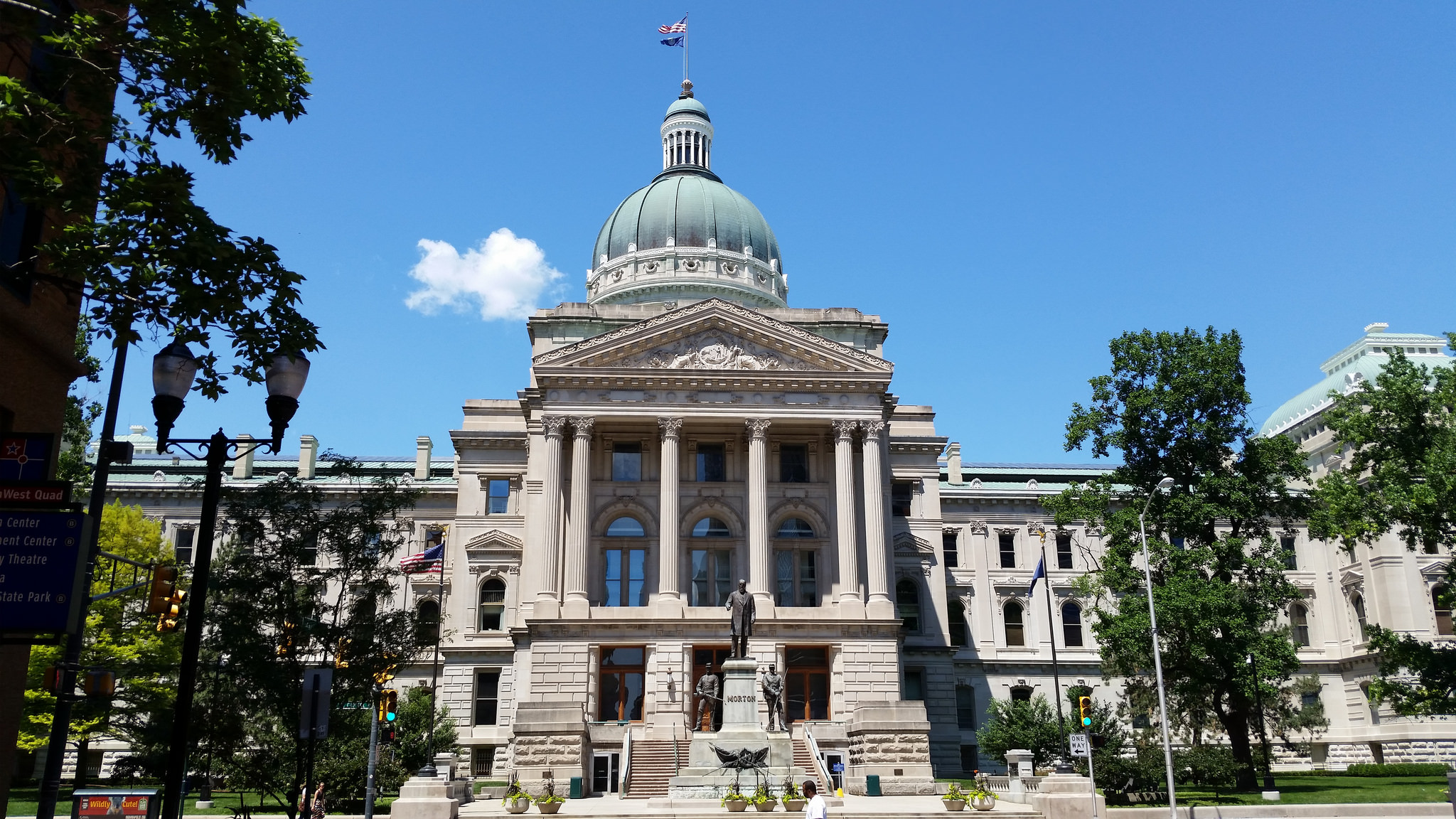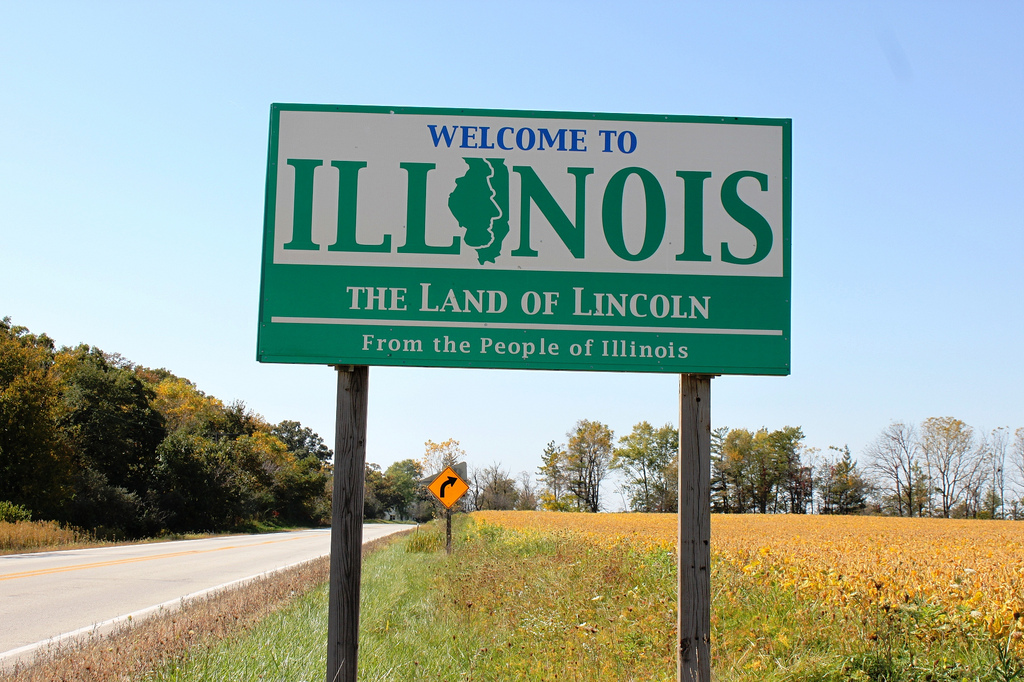System/Policy
Consultant’s report favors cloud-based system for new public TV interconnection
There is considerable urgency for public TV’s leadership to address the issues raised in the report.Eleven stations partner for Indiana news network
CPB is supporting the Indiana-based Regional Journalism Center with a $609,000 grant.Take a look back at 2015
Podcast buzz, changes to Sesame Street, new ATC hosts — it’s been an eventful year.Three more university licensees vote to consider options in spectrum auction
Stations in Michigan and Texas could lose spectrum.Three Alaska stations to collaborate on energy news
This is the fourth journalism collaboration CPB has backed in the last two months.New law clarifies pubcasters’ eligibility for disaster aid
Some broadcasters had been denied federal assistance after damage from major disasters.Our most-clicked posts of 2015
Podcasts, salaries and Sesame Street were among the hot topics.FCC turns down special protection for public TV translators in spectrum auction
Translator operators may not be able to find new channel space after the auction is over.Utah’s KPCW receives donation of FM signal
The donation was part of an “incentive package” from a commercial broadcaster to get KPCW to move down the dial.Chicago’s WBEZ grows audience with expansion via Kankakee station
Kankakee Community College announced plans to sell the station in June.A guide to the FCC spectrum auction
Learn how the auction will work and what it means for public TV stations and viewers.Seven Illinois stations start news collaboration
CPB will support the initiative with a $715,000 grant.Phoenix’s KJZZ to open news bureau in Mexico City
The station will use the bureau to expand its coverage of business and trade.Colorado’s KUNC expands with purchase of Fort Collins FM station
The station will divide its mix of programming into separate news and music formats.WHYY introduces cameras to classrooms as gateway for young storytellers
The pubcaster is helping Philadelphia students learn digital media skills with a three-year program.











